What treatment
10+ Highly Rated Stem Cell Treatment for COPD Clinics in United States
Reach Out to These Certified Stem Cell Treatment for COPD Clinics List in United States Loved by Patients!
Regenestem Fort Lauderdale, USA
Overview
Regenestem is a leading regenerative medicine center in Fort Lauderdale, USA, specializing in treatments for neurological conditions, COPD, MS, and more.
Read more details
California Wellness Institute
Overview
Discover Urology and Anti Aging Regenerative Medicine at California Wellness Institute in Rancho Mirage, California, USA - CWIs expert care.
Read more details
Personalized Regenerative Medicine
Overview
Personalized Regenerative Medicine provides best Regenerative Medicine in Los Angeles, USA. Book online now PRP Treatment and Regenerative Injections at Personalized Regenerative Medicine.
Read more detailsBlatman Health and Wellness Center
Overview
Experience advanced Regenerative Medicine at Blatman Health and Wellness Center in Cincinnati, USA. Rejuvenate your health today!
Read more detailsDiscover your treatment options with a free, no-obligation quote!
Get your quote now!PlacidWay Medical Tourism
Overview
Discover affordable, quality healthcare worldwide with PlacidWay Medical Tourism. Access trusted clinics, top doctors, and personalized treatment plans.
Read more detailsThe Institute of Regenerative Medicine
Overview
The Institute of Regenerative Medicine provides best Regenerative Medicine in Boca Raton, Florida. Book online now Regenerative Medicine for Knee Joint, Shoulder, Hip at PlacidWay!
Read more detailsAmira Integrative Health by MJA Healthcare
Overview
Amira Integrative Health by MJA Healthcare in East Stroudsburg, PA, United States offers top regenerative therapies and holistic care for transformative health.
Read more detailsNew York Regenerative Medicine Center
Overview
New York Regenerative Medicine Center, located in New York City, USA, offers Stem Cell Therapy for a variety of procedures, from knee and hip problems to Muscular Dystrophy, Parkinson's and Lupus.
Read more detailsDiscover your treatment options with a free, no-obligation quote!
Get your quote now!Thrive MD
Overview
Thrive MD provides best Regenerative Medicine in Miami, Florida. Book online now Regenerative Medicine for Hip, Regenerative Medicine for Knee, and Regenerative Medicine for Shoulder at Thrive MD.
Read more detailsRegenestem Plantation Florida
Regenestem Plantation Florida is a leading stem cell treatment center in the United States. They aim to deliver comprehensive solutions for several ailments such as Arthritis, Autism, COPD, Diabetes, Multiple Sclerosis, Erectile Dysfunction and Orthopedic conditions among others.
Stem Cell Therapy of Las Vegas and Med Spa
Stem Cell Therapy of Las Vegas and Med Spa is a stem cell treatment medical center located in Las Vegas, Nevada, United States. They provide the latest technological solutions when it comes to stem cell treatments and extend their helping hand to all those in need. Find out more about them here.
Stemedix, Inc
Stemedix, Inc provides effective Regenerative Medicine, known as Stem Cell Therapy in Saint Petersburg, Florida. Book online now Stem Cell Treatment for ALS, Stem Cell Treatment for Alzheimer's Disease, and Stem Cell Treatment for Multiple Sclerosis at Stemedix, Inc.
Vault Cares Network
Vault Cares Network features a meticulously curated group of top-tier healthcare providers and facilities, offering access to the highest-quality treatments for complex conditions or second opinions.
Which are the best clinics for Stem Cell Treatment for COPD in the United States?
Identifying the "best" clinics for Stem Cell Treatment for COPD in the United States involves looking at patient recommendations, review volume, and specific services offered. Top-rated clinics include Blatman Health and Wellness Center in Cincinnati, Regenestem Fort Lauderdale, California Wellness Institute, Personalized Regenerative Medicine, Thrive MD in Miami, The Institute of Regenerative Medicine in Boca Raton, and Amira Integrative Health by MJA Healthcare. These facilities showcase strong patient satisfaction and specialization in regenerative therapies for respiratory conditions.
When searching for the optimal clinic, consider factors beyond just star ratings. A clinic with a high volume of positive reviews, like Blatman Health and Wellness Center with over 260 patient recommendations, often indicates consistent quality and patient satisfaction. Regenestem Fort Lauderdale is another well-regarded option, specializing in advanced regenerative medicine. Other notable clinics showing excellent patient recommendation percentages, such as California Wellness Institute, Personalized Regenerative Medicine, Thrive MD, The Institute of Regenerative Medicine, and Amira Integrative Health, offer promising care, though some have fewer overall reviews. It's wise to research the specific expertise, stem cell types used (e.g., adipose-derived, bone marrow-derived), and overall patient care approach to find a facility best suited for your individual needs.
What accreditations should I look for in a Stem Cell Treatment for COPD clinic in the US?
When evaluating Stem Cell Treatment for COPD clinics in the US, seek facilities accredited by recognized bodies like the Joint Commission (JCAHO) or organizations specializing in regenerative medicine. These accreditations signify adherence to high standards for patient safety, quality of care, and ethical practice, providing a crucial layer of trust and reliability in your treatment choice.
Accreditation ensures that a clinic has undergone rigorous evaluation of its operational standards, patient care processes, and clinical outcomes. For stem cell therapies, specifically, looking for certifications related to cellular therapy, laboratory standards, or regenerative medicine practices from relevant medical boards or specialized organizations is highly beneficial. Such certifications demonstrate that the clinic not only meets general healthcare benchmarks but also adheres to specific protocols pertinent to the complexities of stem cell treatments, including proper cell handling, administration techniques, and patient monitoring, crucial for successful COPD stem cell therapy.
What types of stem cells are commonly used for COPD treatment in US clinics?
US clinics treating COPD with stem cells often utilize mesenchymal stem cells (MSCs) derived from various sources. These typically include adipose (fat) tissue, bone marrow, or umbilical cord tissue. Each source offers unique advantages, but MSCs are favored for their regenerative and anti-inflammatory properties, which can help repair lung tissue and reduce inflammation in COPD patients.
Mesenchymal stem cells (MSCs) are multipotent stromal cells that can differentiate into various cell types and secrete bioactive molecules promoting tissue repair and immune modulation. Adipose-derived stem cells (ADSCs) are abundant and easily accessible, often collected through a minimally invasive liposuction procedure. Bone marrow-derived stem cells (BMSCs) are another common source, harvested from bone marrow, known for their robust regenerative capabilities. Umbilical cord-derived stem cells (UC-MSCs) are often considered highly potent, sourced from donated umbilical cord blood or tissue, and are typically younger cells. Clinics will discuss which type of stem cell therapy is most appropriate based on individual patient health profiles and the specific goals of the COPD treatment.
How do clinics ensure patient safety during Stem Cell Treatment for COPD?
Leading US clinics prioritize patient safety in Stem Cell Treatment for COPD through strict protocols. This includes comprehensive patient screening, adherence to ethical guidelines, use of high-quality, regulated stem cell sources, precise administration techniques, and diligent post-procedure monitoring. They often operate under regulatory frameworks to minimize risks and ensure optimal patient outcomes.
Ensuring patient safety is paramount for reputable clinics offering stem cell therapy for COPD. Initial rigorous screening assesses a patient’s medical history, current health status, and suitability for the treatment, identifying any potential contraindications. Clinics must comply with current FDA regulations for human cells, tissues, and cellular and tissue-based products (HCT/Ps) to ensure the safety and efficacy of stem cell preparations. Furthermore, the procedures are typically performed by experienced medical teams in sterile environments, utilizing precise imaging guidance for accurate delivery of stem cells to the affected lung areas. Post-procedure, patients are closely monitored for any adverse reactions, and detailed follow-up care plans are implemented to track progress and manage any concerns.
What is the typical patient experience like at a Stem Cell Treatment for COPD clinic?
A typical patient experience at a US Stem Cell Treatment for COPD clinic begins with an initial consultation, followed by a thorough evaluation to determine eligibility. The treatment usually involves a minimally invasive procedure to harvest or administer stem cells. Patients can expect close post-procedure monitoring and a structured follow-up plan to track recovery and lung function improvements, with an emphasis on supportive care and rehabilitation.
The journey typically starts with a detailed consultation, where patients discuss their medical history and treatment goals. Diagnostic tests, including lung function tests and imaging, are conducted to assess the severity of COPD and tailor a personalized treatment plan. The stem cell procedure itself is usually outpatient, involving either extraction of cells (e.g., bone marrow or fat tissue) or direct administration of pre-prepared cells, often intravenously or via nebulization. The process is generally well-tolerated, with minimal discomfort. After the treatment, patients receive instructions for home care and engage in regular follow-up appointments, which may include physical therapy and lifestyle adjustments to maximize the therapeutic benefits and improve respiratory health.
Do US clinics provide support for international patients seeking Stem Cell Treatment for COPD?
Many US clinics offering Stem Cell Treatment for COPD are well-equipped to support international patients, recognizing the growing trend in medical tourism. This support often includes assistance with travel logistics, accommodation arrangements, language services, and guidance through the appointment and treatment process to ensure a smooth and comfortable experience for patients from abroad.
For international patients considering stem cell treatment for COPD in the United States, several clinics offer comprehensive services designed to alleviate the complexities of seeking medical care in another country. These services can range from initial virtual consultations, help with visa applications, airport transfers, and arranging lodging options, to providing interpreters for effective communication with medical staff. Many clinics also have dedicated international patient coordinators who serve as a single point of contact, managing appointments, coordinating medical records, and addressing any concerns before, during, and after the treatment. This integrated approach aims to make the patient’s focus solely on their health and recovery.
What kind of post-treatment care and follow-up is offered by COPD stem cell clinics in the US?
US clinics providing Stem Cell Treatment for COPD typically offer structured post-treatment care and rigorous follow-up protocols. This often includes regular check-ups to monitor lung function and overall health, personalized rehabilitation plans, and nutritional guidance. The goal is to optimize recovery, track therapeutic effectiveness, and help patients maintain their improved respiratory health long-term.
After receiving stem cell therapy for COPD, patients can expect a tailored post-treatment plan. This usually involves periodic lung function tests, such as spirometry, to objectively measure improvements in breathing. Clinics may also recommend pulmonary rehabilitation programs, including breathing exercises and light physical activity, to enhance lung capacity and stamina. Nutritional counseling is often part of the comprehensive care to support overall well-being and cellular repair. Follow-up appointments, initially more frequent, then spreading out over several months to a year, are crucial for assessing the long-term benefits of the stem cell treatment and making any necessary adjustments to the patient’s ongoing health management.
How do US clinics integrate Stem Cell Treatment with existing COPD management?
US clinics integrate Stem Cell Treatment for COPD as a complementary approach, not typically replacing conventional therapies. They aim to work alongside a patient’s existing COPD management plan, potentially enhancing lung function and reducing symptoms while maintaining current medications and lifestyle adjustments. The goal is synergistic, improving overall respiratory health and quality of life.
Leading clinics in the United States often view stem cell therapy for COPD as an adjunctive treatment, meaning it works in conjunction with a patient’s established regimen, including bronchodilators, steroids, oxygen therapy, and pulmonary rehabilitation. Before undergoing stem cell treatment, clinics thoroughly review a patient’s current medical history and treatment plan to ensure compatibility. The expectation is that stem cell therapy may help repair damaged lung tissue and reduce inflammation, thereby potentially lessening the severity of symptoms and improving the effectiveness of conventional treatments. Patients are usually advised to continue their prescribed medications and follow their physician’s recommendations for ongoing COPD management throughout and after the stem cell treatment process.
What qualifications should I expect from specialists at a US COPD stem cell clinic?
Specialists at US COPD stem cell clinics should ideally possess board certifications in relevant fields like pulmonology, internal medicine, or regenerative medicine. Look for physicians with extensive experience in stem cell therapies, particularly for respiratory conditions, and a strong background in clinical research or academic contributions related to regenerative medicine and lung diseases.
Physicians overseeing Stem Cell Treatment for COPD should demonstrate high levels of expertise and training. This typically includes a medical degree (MD or DO) from an accredited institution, followed by residency training and board certification in a specialty such as internal medicine or pulmonology. Additional fellowships or specialized training in regenerative medicine or cellular therapy are highly desirable, indicating a deeper understanding of the complexities of stem cell applications. Participation in professional organizations, scientific publications, and ongoing medical education further signals a specialist’s commitment to staying at the forefront of this evolving field. These qualifications ensure that the clinic’s medical team can provide safe, effective, and evidence-informed care for patients with COPD.
How do US clinics manage potential risks and side effects of Stem Cell Treatment for COPD?
US clinics manage potential risks and side effects of Stem Cell Treatment for COPD through meticulous pre-screening, sterile procedures, and vigilant post-treatment monitoring. They discuss all possible complications with patients beforehand and have protocols in place to address issues like infection, allergic reactions, or discomfort immediately. Patient education and transparent communication are key to risk management.
Effective risk management begins even before treatment commences, with thorough patient evaluations to identify any pre-existing conditions that might increase risk. During the procedure, strict sterile techniques are employed to prevent infection, and the administration of stem cells is performed with precision. Post-treatment, patients are closely observed for any immediate adverse reactions, such as fever, pain at the injection site, or mild allergic responses. Clinics provide detailed instructions for home care and emphasize recognizing any unusual symptoms, with clear channels for patients to report concerns. Long-term follow-up also plays a role in identifying and managing any delayed or unexpected side effects, ensuring continuous patient safety and well-being.












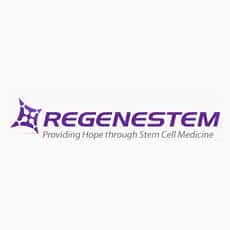
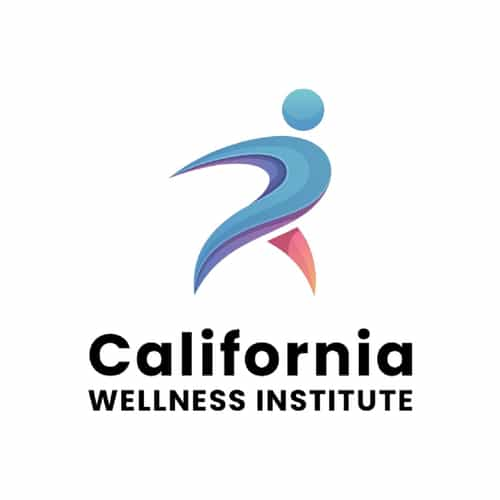


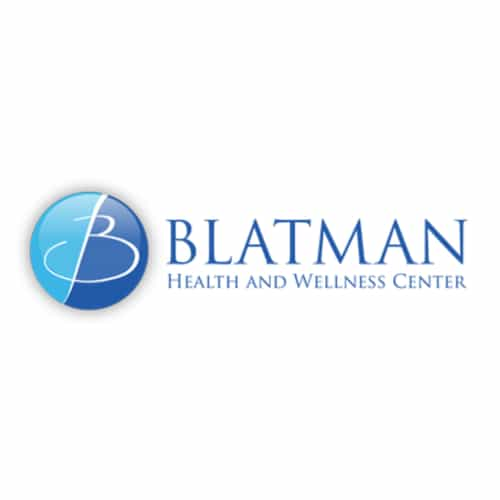
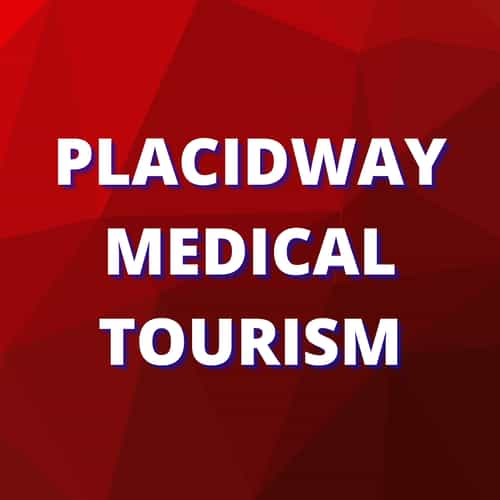
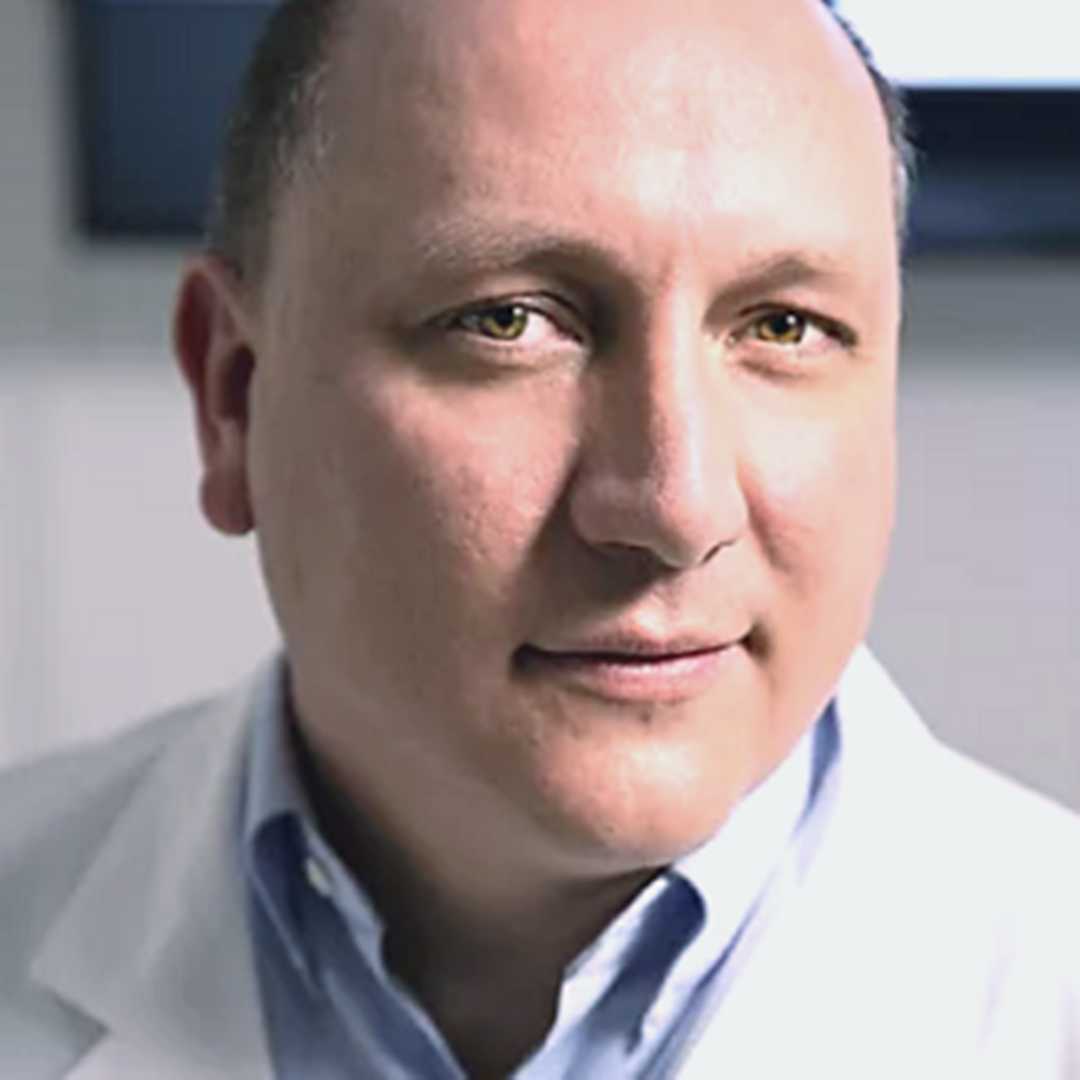




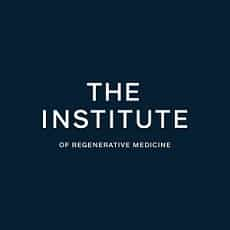
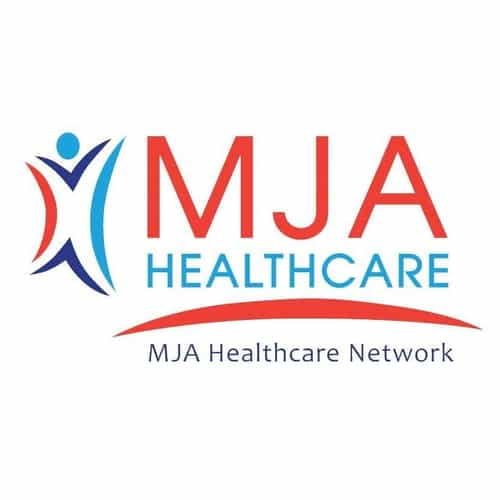
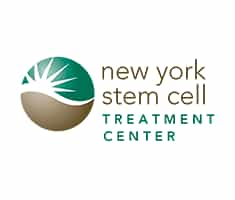
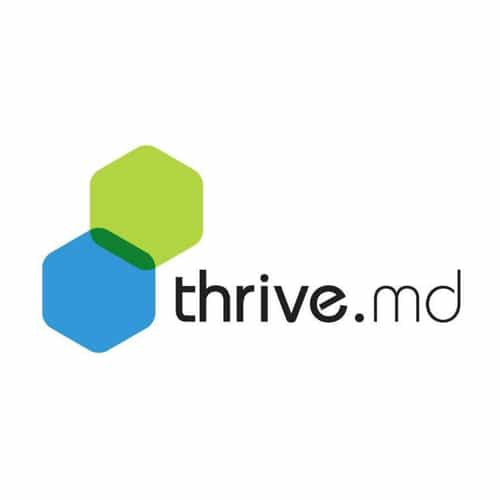
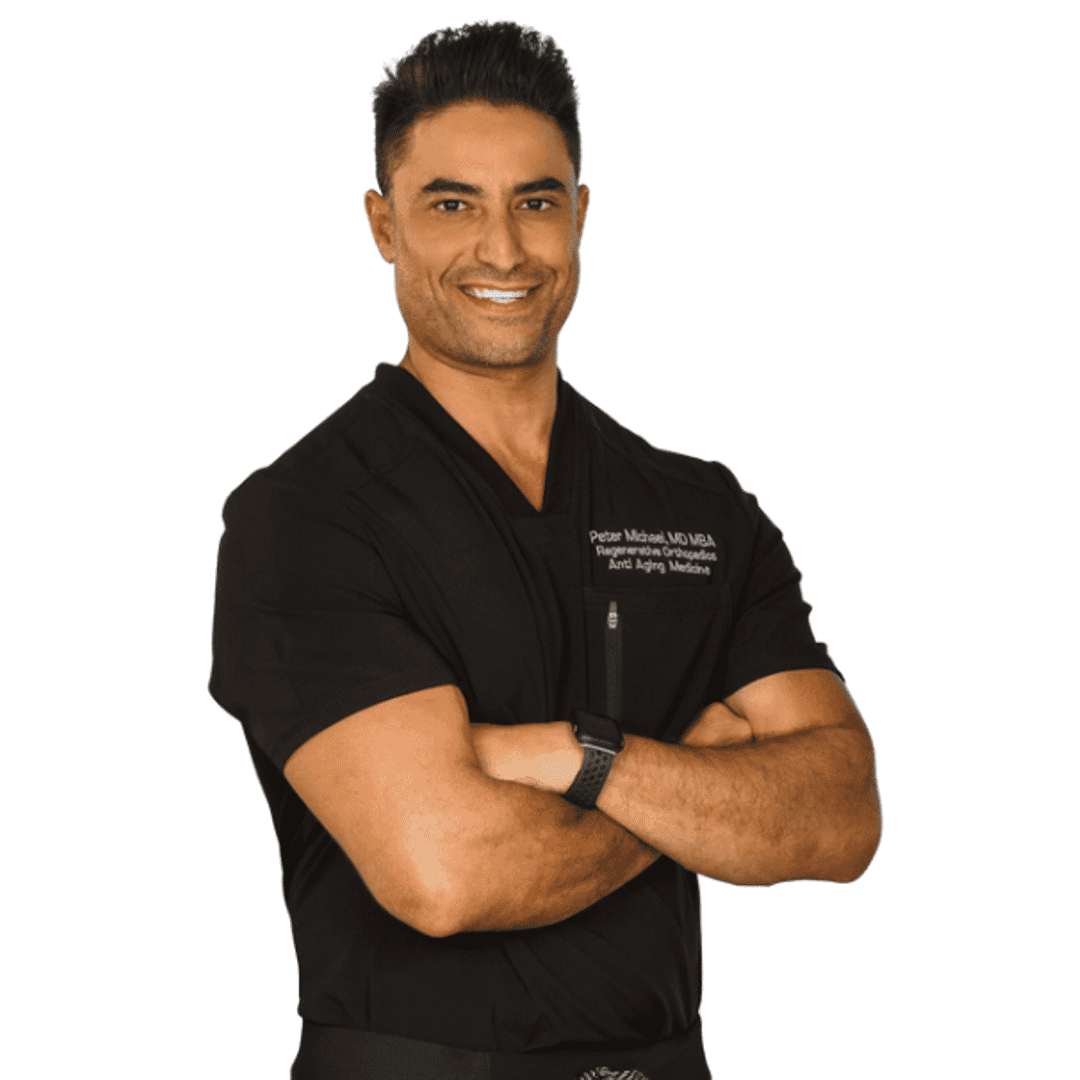



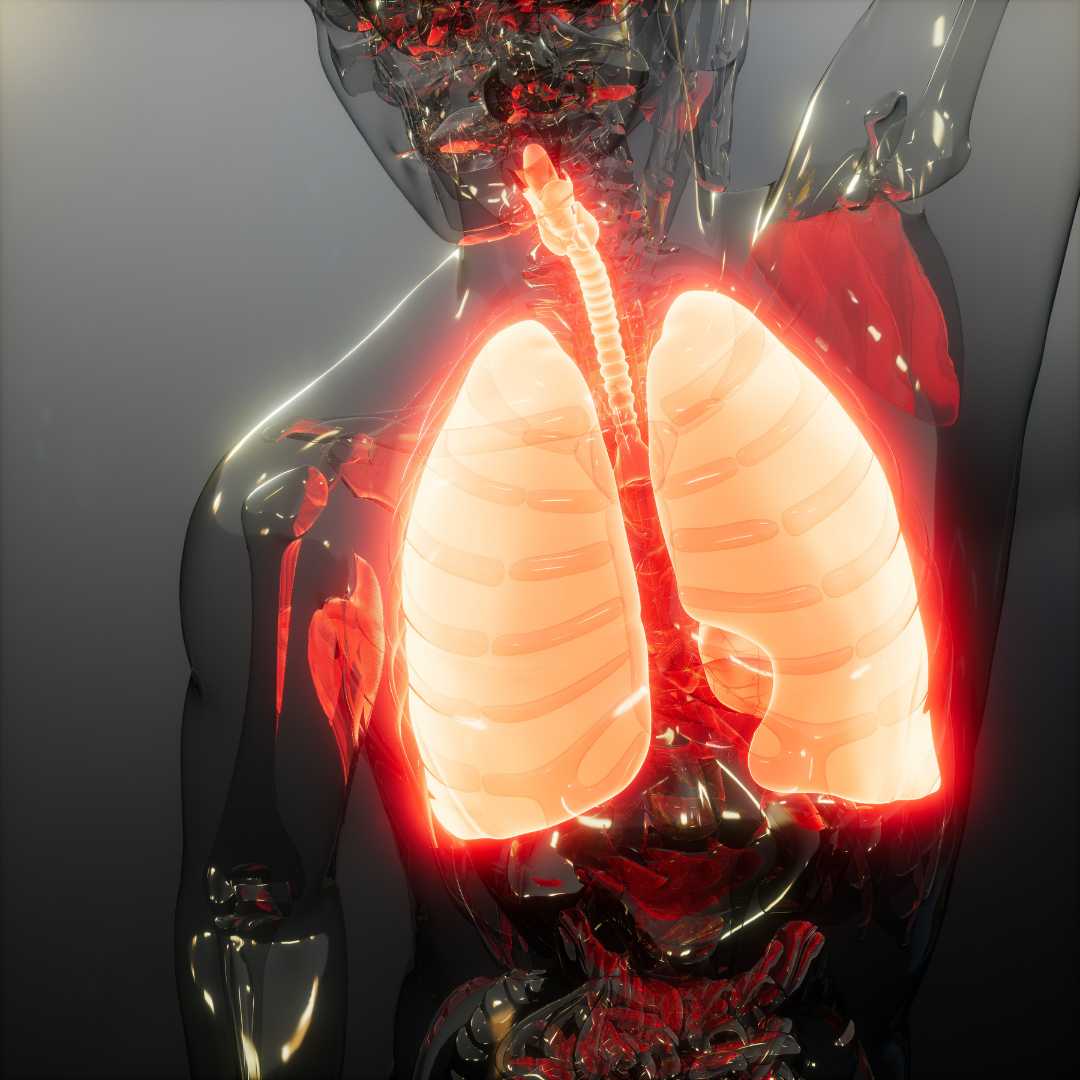
.png)
.png)

.png)

I just visited Regenestem office in Plantation, Florida and did an adipose stem cell procedure, peripheral blood stem cell, Ozone and IV vitamins treatment. It is a very clean safe place with excellent team who takes care of you. Everything was explained and all the questions answered. Dr. Stephen Channey is the best doctor I have ever met, he is very professional, caring and loving person. He does care about the patient and outcomes of the procedure. He knows what he is doing 100% and makes you feel at ease during the procedure. He answered all the questions during and after treatment and he has a great sense of humor so he makes you laugh! I would definitely recommend Regenestem to my friends and family. You will be in good hands! Ricardo and his team are the best!
Read More